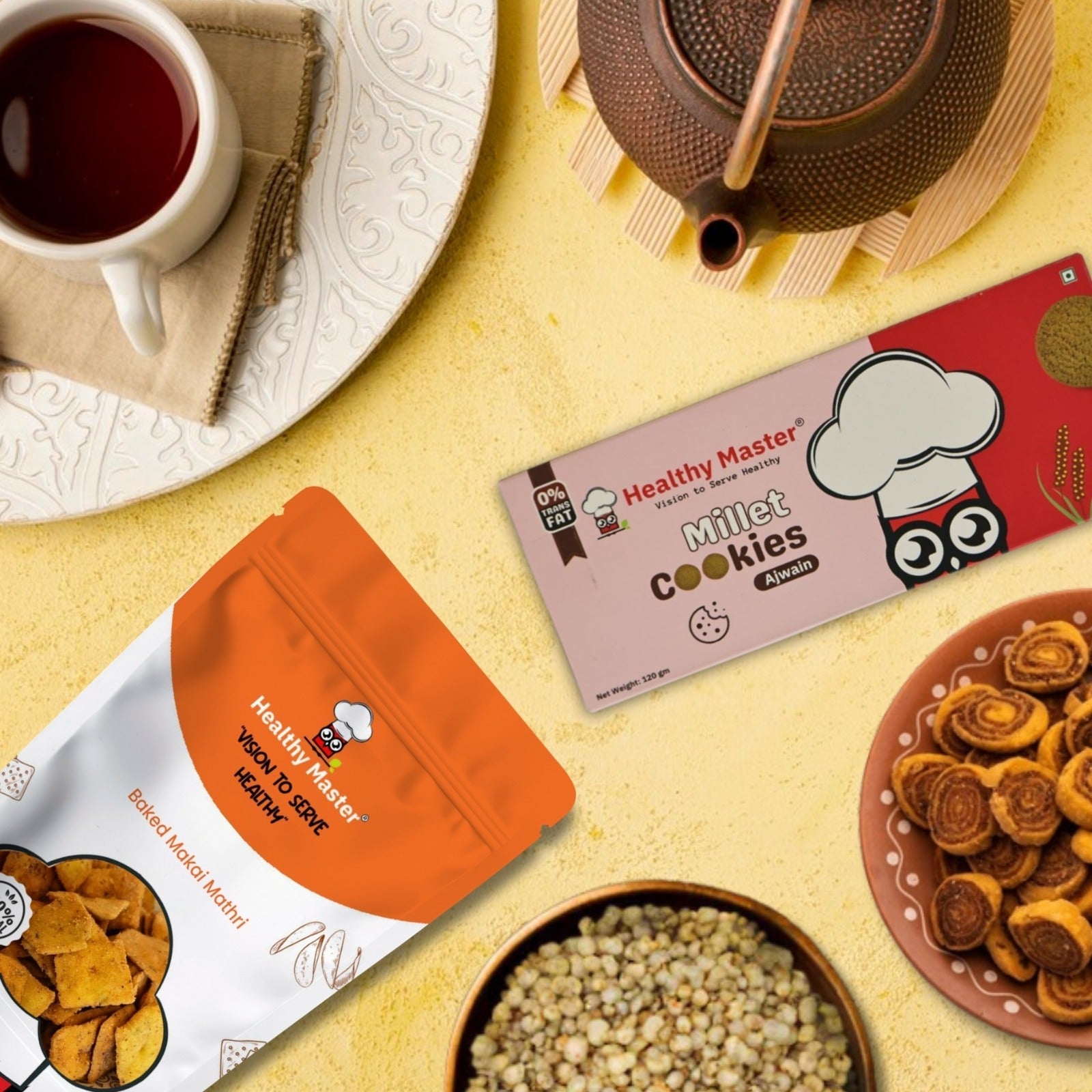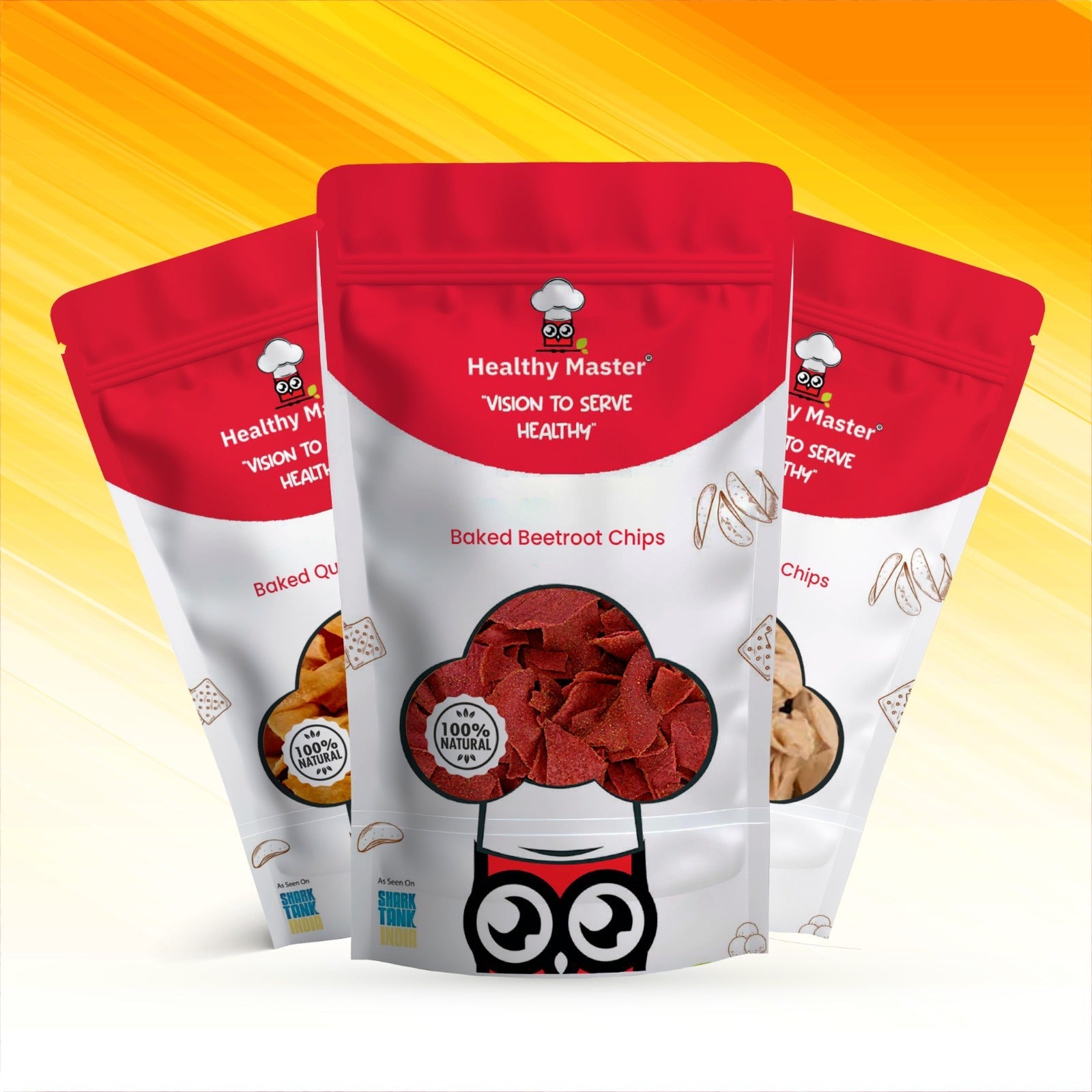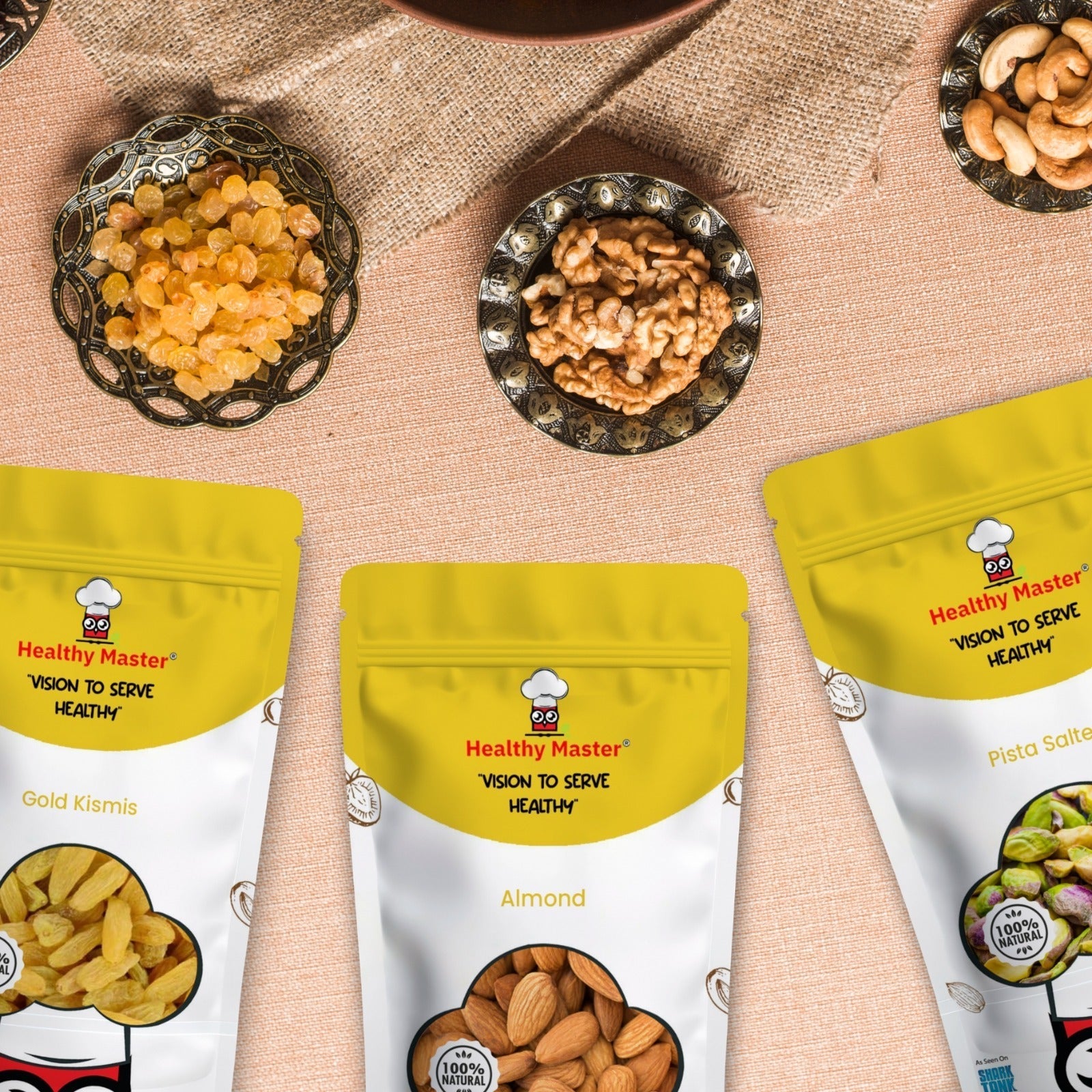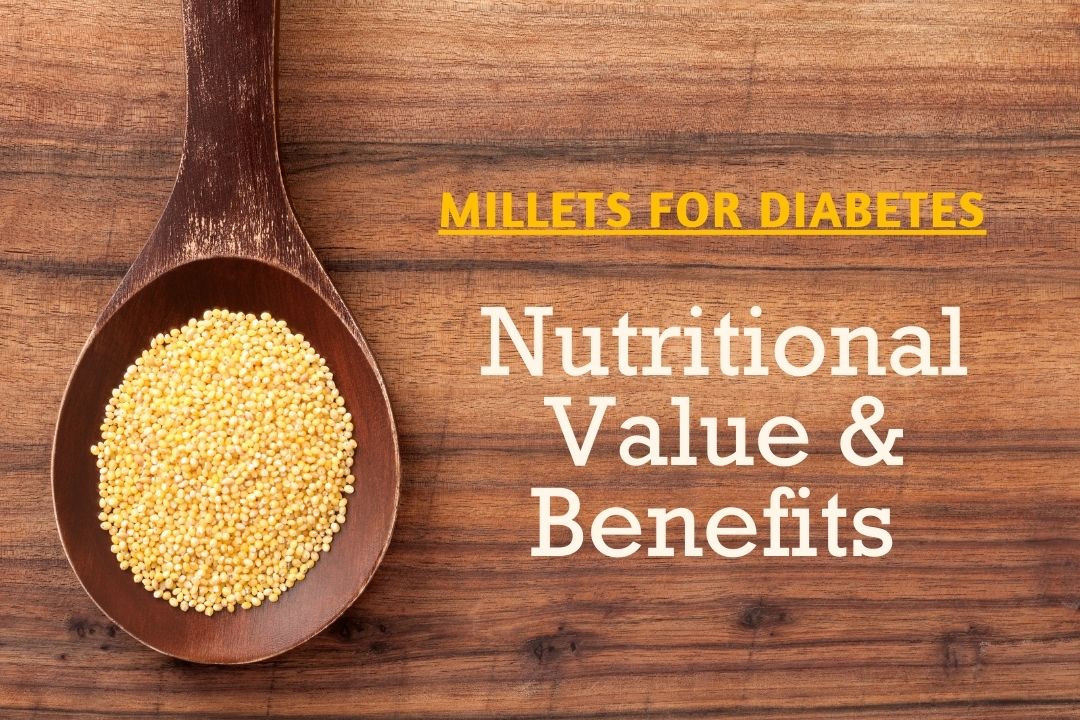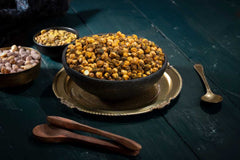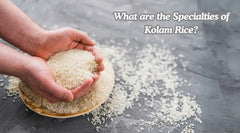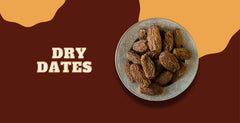Millets have gained huge popularity in recent years. This is undoubtedly due to the potential health benefits they offer to the users, especially for people with diabetes. This potent grain from nature is considered the best diet alternative for managing diabetes. Millet can be an ideal choice for people with diabetes, however, it is important for you to consume it in moderation and make it a part of a balanced diet. If you are looking for an option to include millet in your diet, this is the right content for you. Here you will find some necessary information on the things you should keep in mind when including millets for diabetes.
What is a Millet?
Not everyone is aware of the benefits offered by millets. This ancient grain has been cultivated for centuries in different parts of the world. This small-seeded grain has been consumed for thousands of years for its exceptional nutritional value. They contain high levels of fiber, minerals, vitamins, and antioxidants. These grains are also very versatile when compared to other options and have been a part of many culinary preparations for ages.
Are Millets Suitable for People with Diabetes?
Yes! Millets can be an ideal option for people with diabetes. These power-packed grains are high in dietary fiber, proteins, antioxidants, and many essential vitamins and minerals. As millets also take time to digest, they release the carbohydrates slowly and provide sustained energy. They also have a low glycemic index and are suitable for people with diabetes as they do not cause any sudden spikes in blood sugar levels. However, when you are planning to include them in your diet, it is very important to keep the portion size in mind and include them in a well-balanced diet.
Millets and their Nutritional Value
Millet is a superfood with superpowers. They are rich in plant-source compounds, protein, minerals, and fiber. They contain some of the most important compounds like flavonoids, insulin, lignans, and beta-glucans. These compounds control diabetes and heart conditions in a much better way when compared to other food types. When you are including these millets, it is necessary to keep quantity in mind.
How Millets Can Help People with Diabetes
As discussed above, millet can be highly beneficial for people with diabetes. This is mainly due to some of the factors mentioned below:
High Fiber Content: Fiber can be your friend to manage diabetes better. As millets can slow down the digestion and absorption of carbohydrates, they will gradually release glucose into the blood. This also provides sustained energy to the users and helps them to manage any given task in a much more efficient way. You can avoid issues like post-meal blood spikes and ensure overall blood sugar management when you are including millet in your diet pattern.
Low Glycemic Index: Millets have a very low glycemic index when compared to other grains like wheat bread or white rice. The slow and steady impact of millet on blood sugar levels prevents any type of quick spikes. Apart from controlling the blood sugar levels, millets can also keep your body weight in check.
Gluten-Free: Millets are naturally gluten-free grains. This makes them an ideal candidate for people with gluten sensitivity. This is a very common issue seen in people with diabetes. Therefore, if you are looking for a protein-rich diet without the negative effects of gluten, you can prepare dishes using millets. There are many recipes, dishes, and snacks to try.
Top 5 Millets to Manage Diabetes Better
Foxtail Millet: According to recent studies conducted, foxtail millet simply known as kakum when consumed in moderation can regulate blood sugar levels and reduce cholesterol in the body. However, it is very important to consume them in moderation as they are very high in fiber and to ensure better management of the weight.
Pearl Millet: Pearl millet, locally known as bajra has become a well-known diet option these days. They are praised for boosting insulin sensitivity as well as lowering triglyceride levels. These millets will also release glucose at a very slow pace keeping the blood sugar levels constant.
Sorghum Millet: Sorghum millet is another famous diabetic-friendly millet type you can incorporate into your diet. Locally known as Jowar, this millet type has a low glycemic index and high fiber content.
Finger Millet: Figer millet or ragi is known for its high fiber and mineral content. This is a nutrient-dense grain that will help you to improve your blood sugar levels.
Barnyard Millet: Barnyard millet or Sanva is known for its low carbohydrate content. Therefore, it is an ideal choice for people who are practicing a low-carb diet. It is also gluten-free and an amazing option for people with type 2 diabetes. People with cardiovascular diseases and gluten allergies can also include this millet type in their diet.
Recipes and Snacks to Try
When you are looking for millet-based dishes to try, you will find many options. Most of them are simple and include straightforward ingredients that are also healthy.
Millet Pulav: This is a simple one-pot recipe that you can cook in a pressure cooker. It can be a very nutritious breakfast, lunch, or dinner recipe you can try. Similar to the rice-based pulav, you can easily prepare millet pulav by replacing the rice with millet. You can add different types of vegetables, dry fruits, and grains to the pulav to make it more nutritious and delicious.
Millet Snacks: If you are looking for a quick snack, you will find different options provided by Healthy Master. There are many go-to snacks like millet balls, multi-millet cookies, millet-based chips, and many other snacks you will find in the store from which you can choose your favourite.
Millet Flour Pancakes: You can also prepare millet pancakes as a healthy recipe for breakfast. You can pair it with maple syrup, jaggery syrup, milk, or other sweet sides. They are gluten-free and toddler-friendly.
Apart from these, you will also find many other simple recipes that you can try at home. If you do not have the time and resources to make these recipes at home, you can easily find many snacks to munch on with Healthy Master.
 Deal of the week : Trial Snack Box - 18 Wholesome Delights Just at ₹ 899.00
Deal of the week : Trial Snack Box - 18 Wholesome Delights Just at ₹ 899.00


